Here's why your camera's megapixel count is less important than you think
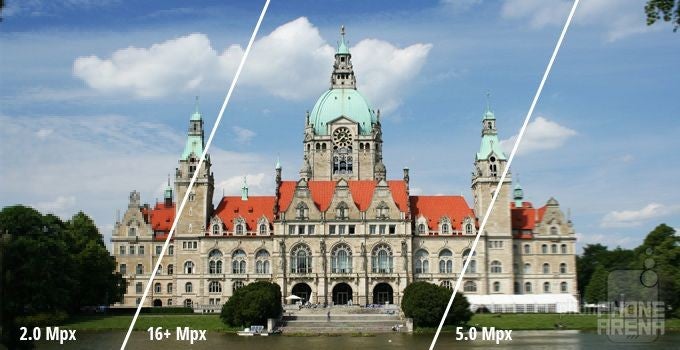
You see, while the number of pixels on board your smartphone's camera is a marketer's favorite selling point, an 8-megapixel camera, for example, isn't necessarily inferior to a 21-megapixel one. In fact, more often than not, the resolution of the photos ending in your camera roll is irrelevant at best, and a complete lie at worst. The why of this, however, is complex, and entails a whole bunch of factors. We'll start backwards, and you'll see why.
The resolution illusion
Let's say you know nothing or very little about imaging sensors, lenses, image processors, and so on — like the majority of users — and bought a crazy-good cameraphone like the Galaxy S6. Samsung's new flagship is among the best shooters currently on the market, but its 16-megapixels aren't as integral a part to its excellence as you might think. In fact, for most of us, these 16 megapixels will prove to be something of an illusion. And no, Samsung played no trick on you — you really are getting a 16-megapixel snapper — it's just that the stills it produces will almost never be experienced in their full glory.
Why is that, however? The answer is simple — most people take photos so they can share them with other people, usually on social media such as Facebook, Instagram, Pinterest, Twitter, and others. Since any one social network is only as good as its network is vast, it follows that your favorite avenue is ultra-popular and boasts a user base in the hundreds of millions. This means that Facebook and the like must down-size and compress the images you upload, as doing otherwise isn't sustainable and will cost Zuckerberg and Co. mountains of cash. Even if that wasn't the case, Facebook would still need to serve these images to all your friends that decide to take a look, resulting in hefty bandwidth bills, slow speeds for users with poorer connections, and extremely strained data servers overall. So that glorious, crazily detailed image you took? It starts looking like this:

Original, full-sized image crop (left); same image uploaded to Facebook (right). Click to explore properly.
You're looking at an extreme crop from the same scene (seen below), and you'll need to click the image to zoom in enough to notice the significant drop in quality. And that's to be expected — our original image had a resolution of 5312 x 2988 pixels, and required 5.84MB to store. The same image, uploaded to Facebook, was downsized to 2048 x 1152 (2 megapixels), and its size dropped to 313KB (over 17 times less).
Facebook isn't alone in this, however. Take Instagram for example — it brutalizes your photos by first applying a square crop, and then mushing them down to 640 x 640 pixels, or 0.4 megapixels. From a 5.84MB image, we quickly went down to a picture that only occupies 115KB on Instagram's servers, and that's with the high resolution setting on.

Original, full-sized image crop (left); same image uploaded to Instagram (right). Click to explore properly.
But what if we told you that the above comparison is actually unfairly benefiting high pixel count images? That's because we're comparing extreme crops, and also the original image with the source image on Facebook's and Instagram's servers, which is larger than what your social circle will see on their display.
On a 23-inch, 1080p monitor, the so-called Facebook theater image viewer gives us a preview of 1477 x 831 pixels, or about 1.3 megapixels. Instagram's photo viewer is even worse, as it creates a 612 x 612 pixel box with a thumbnail of your image inside. At those sizes, it doesn't matter if the original photo was 10, 16, or even 100 megapixels large — it will get squished. More importantly, however, and this is contrary to what you probably assumed — the image actually doesn't look any worse than the original unless you're using a super high-end monitor.
Don't believe us? Here's a side-by-side comparison of the original image and the one uploaded to Facebook. Neither has been edited. Spot any differences? Come on, stick your face into your monitor if you have to. No? Well of course you don't, they're too small a size for you to perceive! That's exactly what's going on with Facebook and Instagram, and any other image hosting site on the web — you're looking at full-sized photos pretty much never, and even if you were, all your glorious megapixels are for naught, as they're culled!
Noticed the apartment building we used already for the above crops to showcase the drop in quality? Yep, that's how far into the image you have to zoom in to perceive that loss of detail. It's fair to say that you won't be zooming as much. In conclusion, so far we learned that a higher megapixel count doesn't really matter for the majority of users because:
- The services we use the most for photo sharing compress and downsize images significantly;
- Unless you're browsing on a display with a crazy-high resolution, the drop in quality is not perceivable anyway;
- Most of us waste internal storage and data without a particularly good reason
The megapixel fallacy
So far, we've established that even a really great, high resolution camera doesn't really mean much in the typical user's day-to-day usage. Not all high-res shooters are made equal, however, and herein lies the second argument against mindlessly chasing megapixels: they're by no means an indicator of quality.
Let's take for example the very current, very high-end HTC One M9 and its 20-megapixel main camera from Toshiba. Given the count, you'd expect it to offer detail surpassed by few others, right? Wrong. The One M9, in fact, resolves a shoddy level of details relative to its supposed resolution. Here's an example (extreme) crop from both the One M9 and the iPhone 6's 8-megapixel camera:
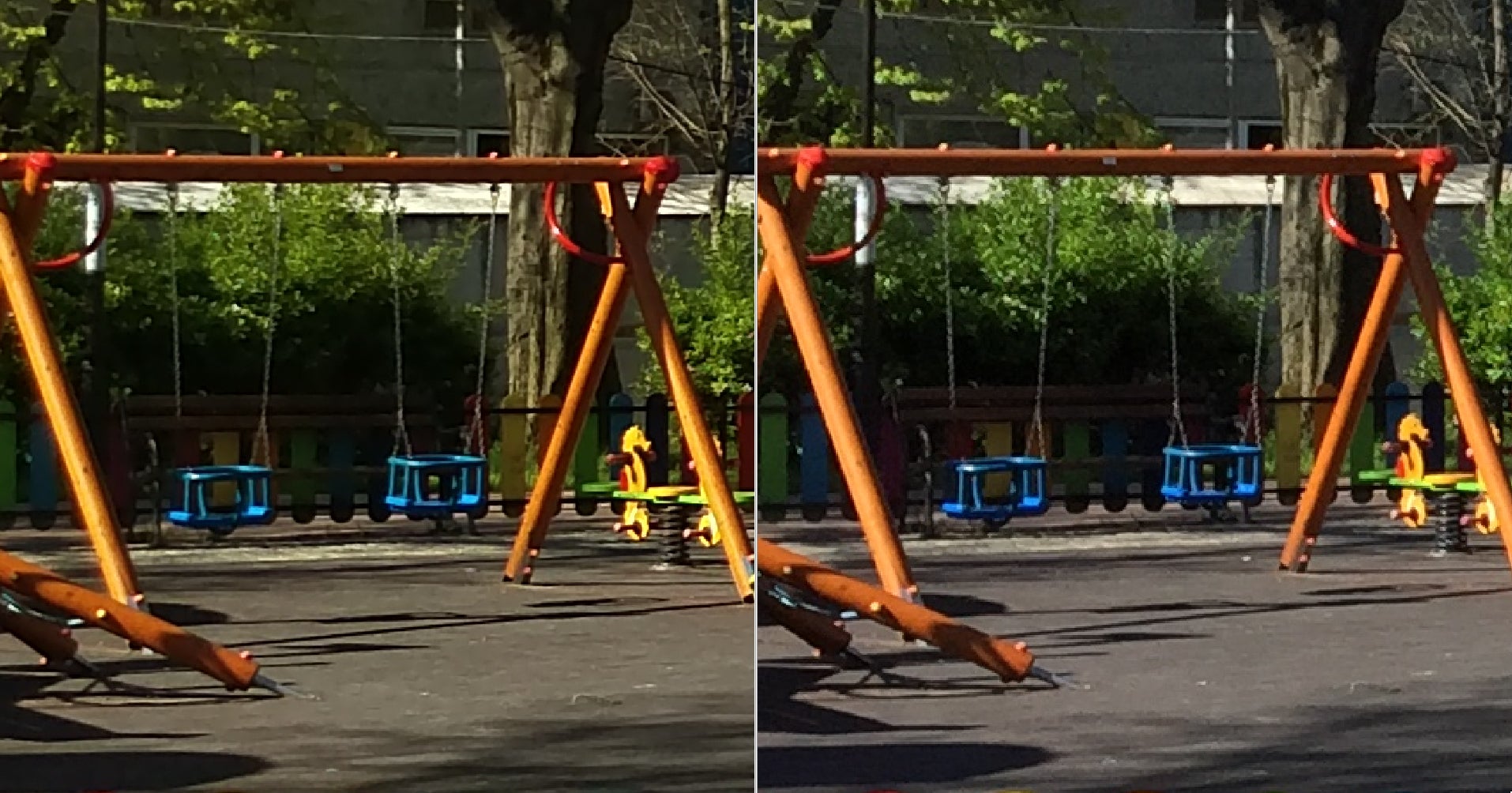
Detail comparison between the One M9 (left) and the iPhone 6 (right). Click to explore properly.
According to the two phones' specs sheets, the difference in detail has got to be significant — after all, Apple's flagship has less than half the resolving power. In reality, however, the One M9's otherwise gigantic photos are almost tied with the iPhone 6's in terms of depth of detail. This is a different argument, of course, but it's important — there's a ton of work that goes into making a great camera, and sticking as many pixels as possible doesn't mean much when the rest isn't up to par. This is especially valid with entry-level and mid-range devices.
Ultimately, megapixel count is a poor predictor of quality for smartphones. If you're going to oversimplify camera performance, it's actually better to bet on camera sensor size, even though that too can be misleading. In any case, a larger sensor can facilitate larger pixels, and larger pixels are almost always preferable to smaller ones — they allow more light to reach them and are less prone to artifacts, all things being equal.
It's not all for naught
For the sake of objectivity, we have to note that a higher resolution smartphone camera does have a few advantages, offbeat as they may be. For example, a larger image means you can crop areas of it to make them appear closer without an actual loss of detail — you aren't zooming in, you're just cutting a part of the photo. So long as the camera can actually produce the detail it promises to, this can be a pro for a tiny portion of the user base.
Another useful byproduct of a high megapixel camera is the ability to zoom into the distance with less significant loss in detail. Some manufacturers, such as Sony and Nokia, actually allow you to zoom into the image without any consequences to quality — you're just limited to x3 or x5 zoom, for example, beyond which quality starts going downhill.
Lastly, a high resolution camera can be useful for snapping photos that you then want to print out on physical photo paper and hang in your house.
Parting words
Many of us have been led to believe that a higher megapixel count equates with better image quality, but that's just not the case. Quite frankly, beyond a certain threshold, diminishing returns kick in mercilessly, and more megapixels can actually hurt quality, not improve it. Even if they don't, the majority of the user base will never actually get their money's worth, as images simply aren't distributed this way. Whether we're talking about monstrous (but necessary) compression algorithms, or lack of physical space on your typical, 1080p screen, it's fair to say that your 20-megapixel snaps are only as useful as your image viewer's zoom feature is deep.

![Verizon is down across the US, and no one knows when service will be back [UPDATED]](https://m-cdn.phonearena.com/images/article/173671-wide-two_350/Verizon-is-down-across-the-US-and-no-one-knows-when-service-will-be-back-UPDATED.webp)
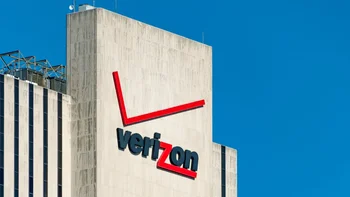
![Some T-Mobile users need to restart their phones [UPDATED]](https://m-cdn.phonearena.com/images/article/173654-wide-two_350/Some-T-Mobile-users-need-to-restart-their-phones-UPDATED.webp)
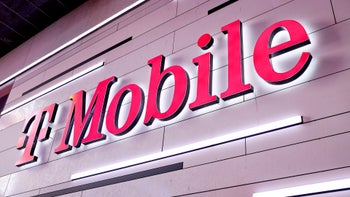

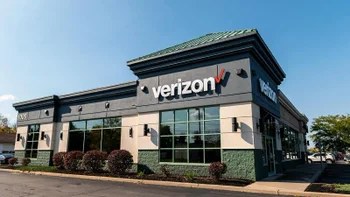
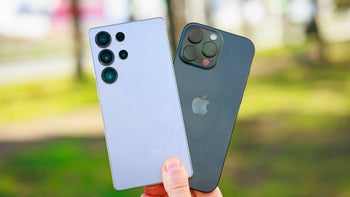
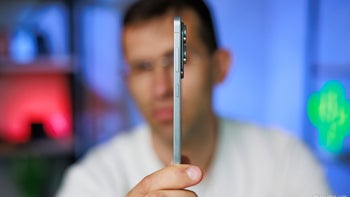
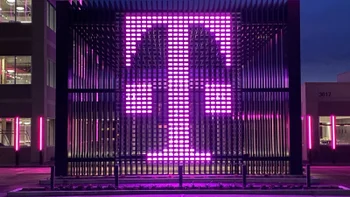
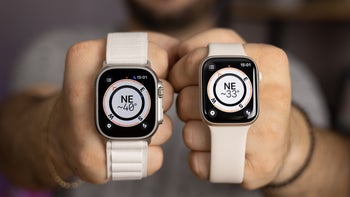
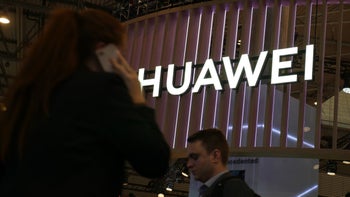
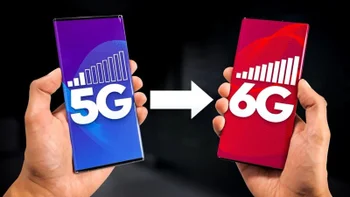
Things that are NOT allowed:
To help keep our community safe and free from spam, we apply temporary limits to newly created accounts: